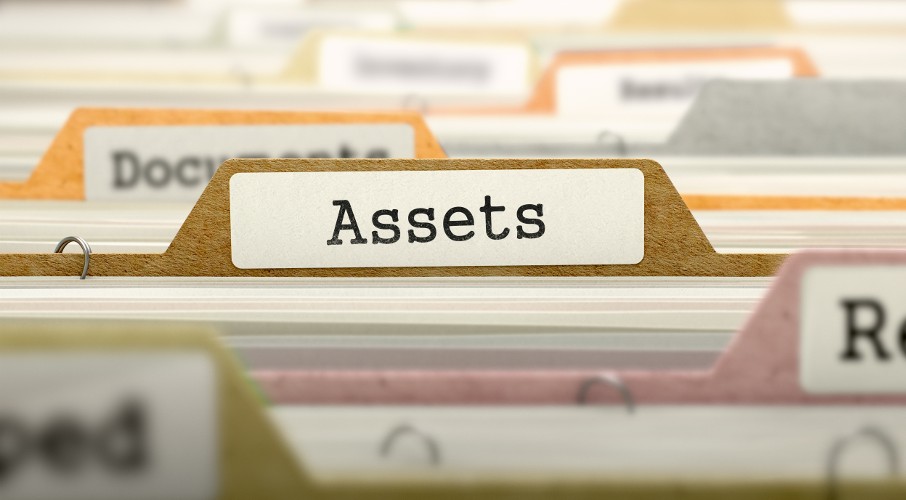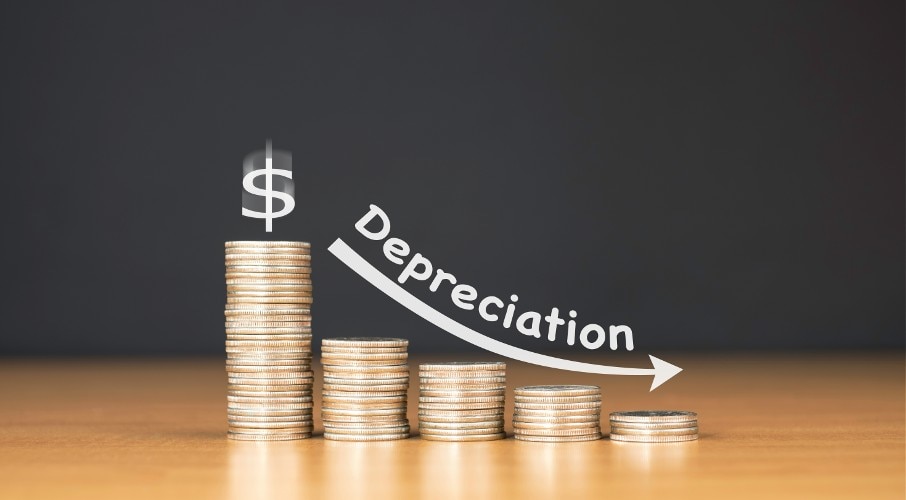Assets are a key aspect of a company’s net worth. An asset brings value to your company and ensures you gain future benefits. In this article, you will learn precisely what active assets are and how you can use them for the benefit of your company.

What are active assets in accounting?
What is an active asset?
Active assets are the assets businesses own and have rights to, which are used for business purposes. Businesses generally use these assets, tangible or intangible, to gain benefits in the future.
Active assets can be tangible assets, such as real estate or equipment, or intangible assets, such as copyrights or goodwill. Active assets are alternatively known as core assets. You can find these assets in the asset section of a business' balance sheet.
In some jurisdictions, businesses gain tax concessions. For example, in Australia, small businesses selling active assets and with turnover of less than $2 million per annum are entitled to the small business capital gains tax (CGT) concessions. Small business CGT concessions will either reduce the taxable capital gain or result in no tax that needs to be paid on your gains.
To pass the active asset test in Australia, the CGT asset should be an active asset for a certain amount of time:
- If you have owned the business for 15 years or less, the CGT asset must have been an active asset for half of that period.
- If you have owned your business for over 15 years, the CGT asset should have been an active asset for 7.5 years.
While carrying on a business, an asset may be used or held ready for use by a taxpayer, their spouse, child under 18 years, a connected entity or an affiliate. In this case, the tangible or intangible asset can be classified as a CGT asset.
Thus, if an asset has been active for 7.5 years, it will remain indefinitely. This will remain so despite what it has been used for and when sold. The above is an example from Australia. Tax laws vary by country and region so it is important to check what rules apply for the region where your business currently operates.
How does it work?
To function daily, businesses need active assets. To keep a company's active assets in check, businesses hire business managers or analysts to pay close attention to their assets and spot any potential disruptions.
Certain assets are vital for standard day-to-day business operations. If these assets fluctuate, there may be impending deterioration in operational or financial performance. For this reason, active assets are now a standard element in enterprise risk management (ERM) methodologies.
The nature and level of your active asset's performance depend on the industry you are in and the way you carry out operating procedures within the industry.
There are many different inventory management methods businesses can use. The right one just depends on what works for your business. Maintaining your active asset levels is just one piece of your company's larger management strategy.
Active assets examples
This includes a wide range of assets that a company uses for its business to perform at its highest level. These include the following:
- Cash and cash equivalents
- Accounts receivable (AR)
- Equipment
- Land
- Buildings
- Mineral rights
- Trade marks
- Patents
- Marketable securities
- Distribution rights
- Product designs
- Inventory
- Furniture and fixtures
- Software
- Computers
What is active asset management?
Active asset management is an investment strategy that aims to gain larger market index funds by buying and selling securities, such as stock, futures and options. Investors and portfolio managers usually manage this through active exchange-traded funds (ETFs) or actively managed mutual funds.
The investment manager will analyse market trends, company-specific news, and economic and political data. Using this data, active managers will buy or sell assets to beat the benchmark performances of fund managers who mirror benchmark performances.
Active investing also includes many benefits, such as expanded trading options, flexibility in volatile markets, and tax-loss harvesting, which aid the business in beating the average returns of benchmarks.
In contrast, passive management aims to mimic major market index performances. Passive investment is equally as popular as active investing because of its decreased risks, lower costs and higher average returns.
Active vs passive assets
Unlike active assets, you do not require passive assets for your business to operate. Some passive assets can generate an income, even though they are not central to daily operations. An example of this can include Treasury securities.
Still, these assets cannot be considered active because they are not needed to maintain standard business operations. In addition, active assets are interchangeable, while passive assets stay within the company for an extended period.
Active assets also allow flexibility and ensure the business does not experience losses.
On the other hand, passive assets are always indexed and are easier to monitor, as opposed to active assets requiring constant attention from fund managers.
Furthermore, active assets are not to be confused with active asset allocation. This investment strategy produces a steady revenue for a company through equity funds, government bonds and property shares.
An essential point of understanding the differences between assets is their capability to generate revenue. To gain a more in-depth understanding, read our separate article about the differences between active and passive assets.
Improve your business with QuickBooks software!
Did this article help you gain a better understanding of active assets? Access more informative articles from the QuickBooks blog to improve the overall performance of your small business. QuickBooks also provides a range of efficient accounting software solutions that will help you to keep track of your active assets and further enhance your business' financial wellbeing.
Related Articles
Looking for something else?

TAKE A NO-COMMITMENT TEST DRIVE
Your free 30-day trial awaits
Our customers save an average of 9 hours per week with QuickBooks invoicing*
By entering your email, you are agree to our Terms and acknowledge our Privacy Statement.

















